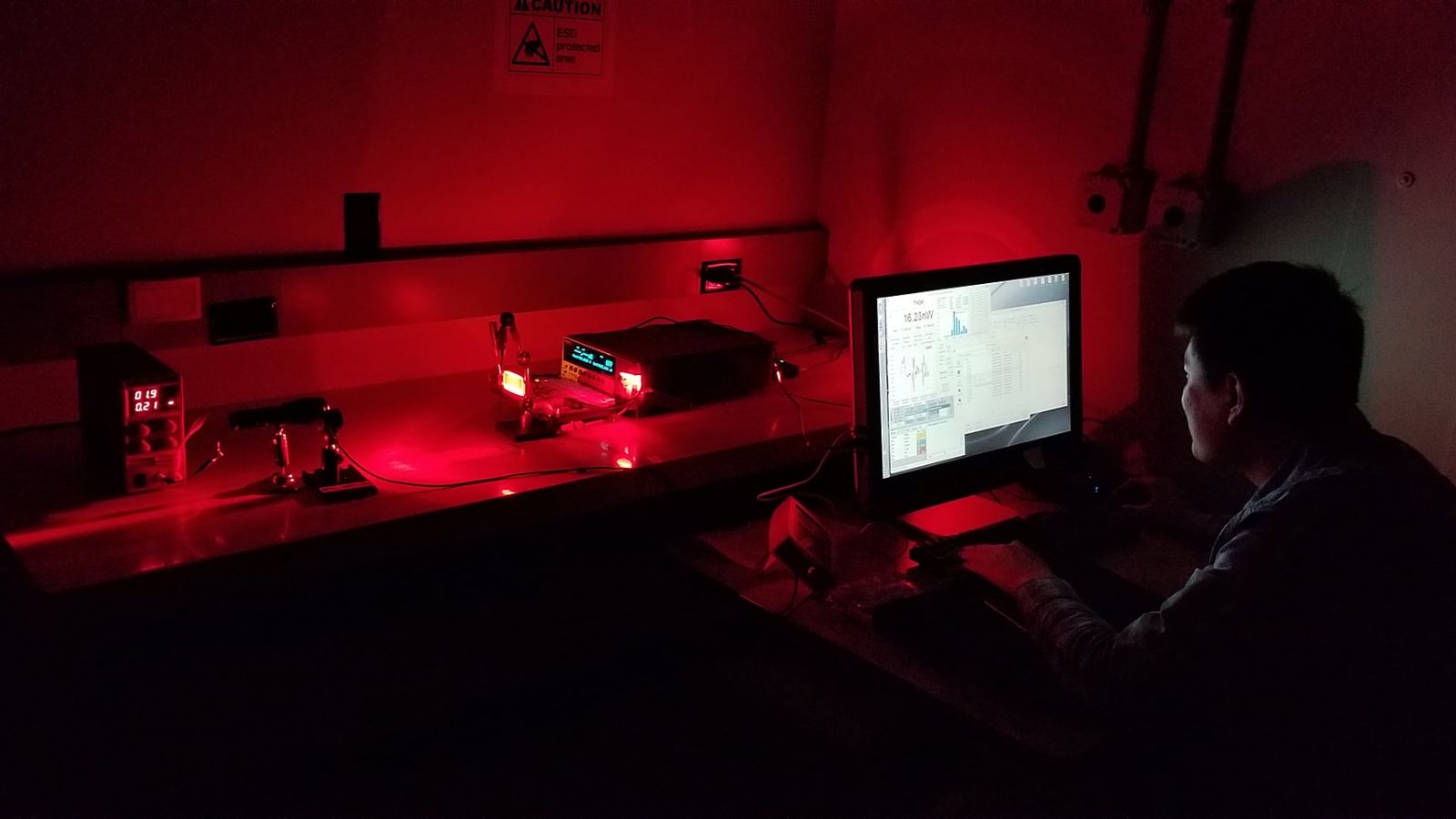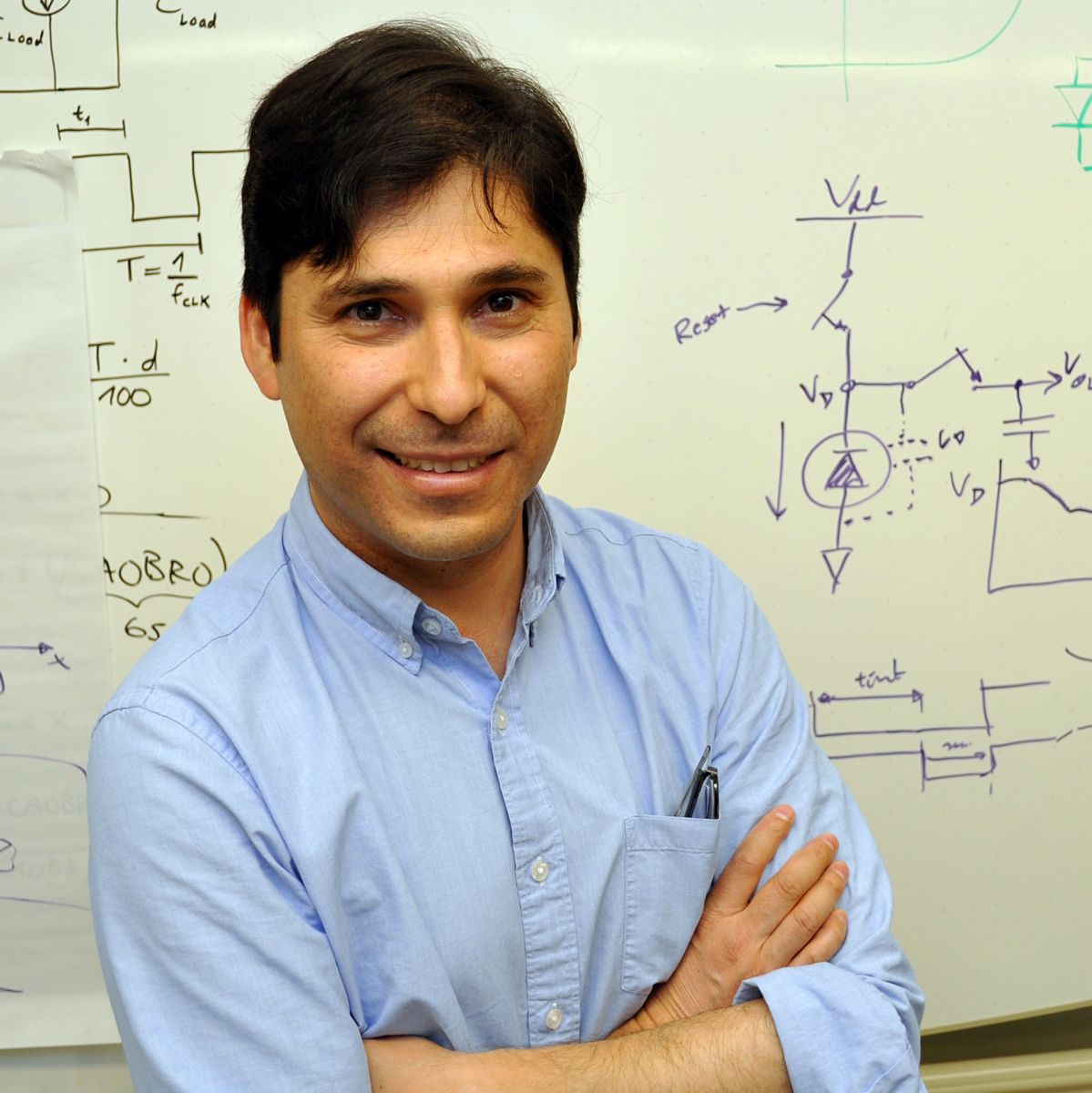
As technology is embedded into more devices, enabling everyday objects like key chains and food storage containers to collect, connect and exchange data via the Internet of Things (IoT), a seamless method for harvesting energy and transmitting data could make the smart home of tomorrow truly wireless.
 Daniel Leon-Salas, associate professor in Purdue Polytechnic’s School of Engineering Technology, led a research team that has patented a way to transmit power and information between IoT devices using only light.
Daniel Leon-Salas, associate professor in Purdue Polytechnic’s School of Engineering Technology, led a research team that has patented a way to transmit power and information between IoT devices using only light.
“We created a revolutionary way to use light to power these devices,“ said Leon-Salas, an associate professor in Purdue’s School of Engineering Technology, who led the research team. “Light energy is the most available form of ambient energy, with much higher energy density levels than radio-frequency or mechanical ambient energy sources.”
The technology Leon-Salas and his team developed uses solar cells as optical antennas to transmit and receive information wirelessly between various devices. The team's solar cells are also able to harvest energy from ambient light.
The research team worked with Purdue’s Office of Technology Commercialization to secure a patent for the technology. It is available for licensing.
See the full Purdue Research Foundation News article.
Additional information:
- Light it up: Purdue NSF-funded technology flips the switch on the future for sustainable smart homes and $1.3 trillion market (Purdue Research Foundation News)
- Solar Cell Photo-Luminescence Modulation for Optical Frequency Identification Devices (IEEE Transactions on Circuits and Systems I)
